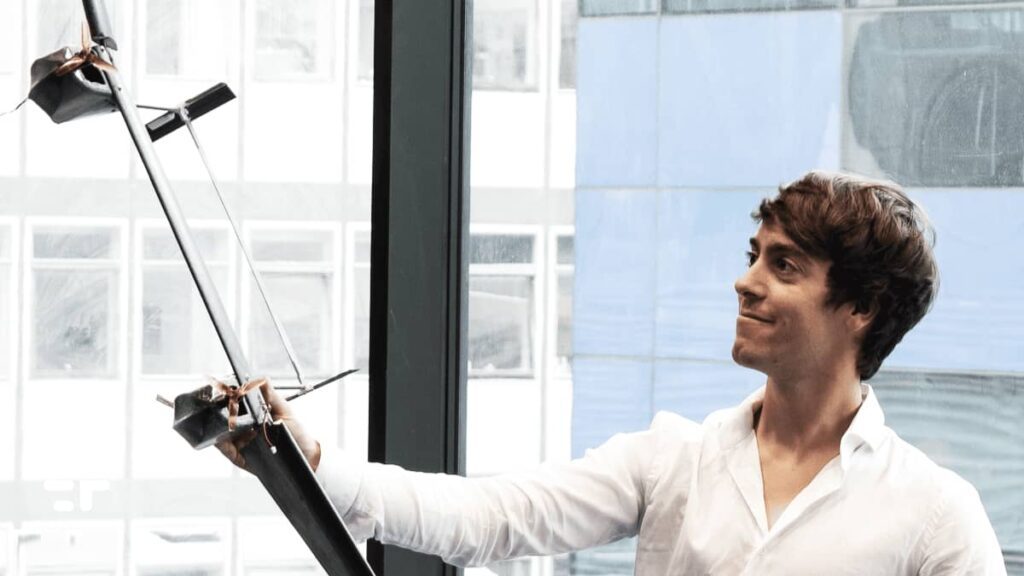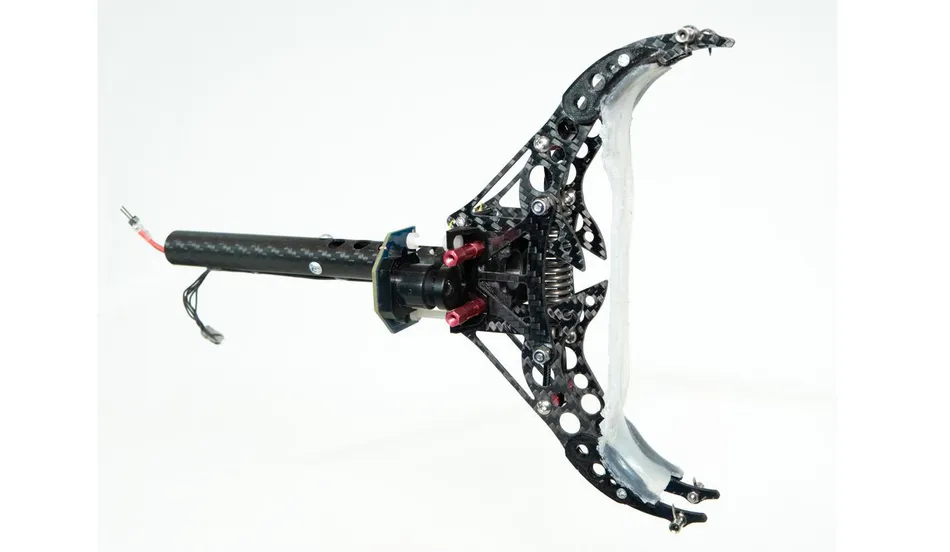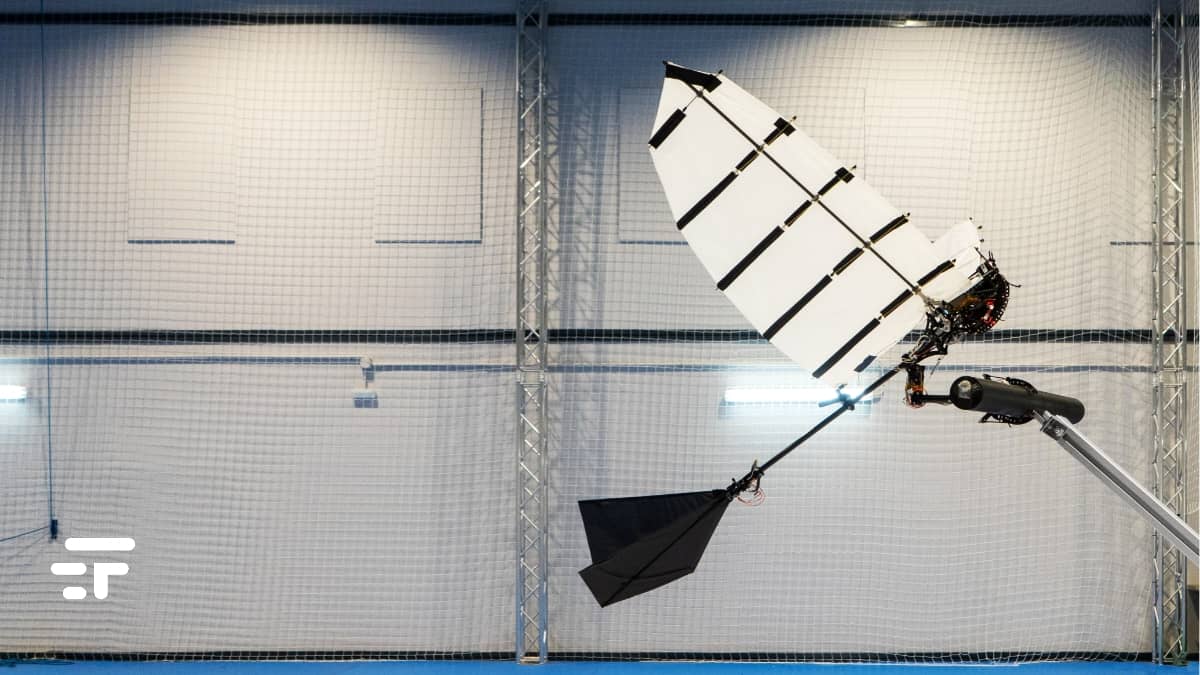Perching requires a perfect balance of timing, strength, speed and accuracy. All challenges that almost all birds mastered and no ornithopter (or, if you prefer, winged robot) could tackle. Until now.
Raphael Zufferey, a postdoctoral fellow at the School of Engineering at the University of Seville, recently published an article in Nature Communications (I link it here) to showcase an innovative flying drone that can autonomously perch on a tree branch.
The ability to land this way could provide ai drones efficient options to perch in trees or other structures and recharge using solar energy. Potentially ideal capabilities for long range missions.

A winged robot like you've never seen before
The greatest of the engineering problems involved in landing an ornithopter on a branch is the management of many factors. The winged drone must be able to slow down significantly during landing without crashing, and have a claw strong enough for grip but not so heavy that it prevents the robot from flying. “It's one of the reasons we decided to use just one claw instead of two,” Zufferey explains.
Last but not least, the robot had to be able to perceive its environment and the branch in front of it in relation to position, speed and trajectory to complete the landing successfully.

Did they succeed?
It seems so. With all these factors to consider, Zufferey and his colleagues managed to build not just one, but two ornithopters equipped with a “claw” for perching.
Thanks to an integrated computer and a sophisticated navigation system, scientists have transformed the ornithopter into a flying machine capable of precisely determining its position.
The claw was designed to absorb the robot's forward momentum upon impact and to close quickly and securely once it lands, allowing the winged robot to remain stable on the branch without expending additional energy.
It could be a valuable factor for collecting data in forests, or patrolling areas at risk of fires, or who knows what else without problems of refueling or space to land.
Next steps
Zufferey is already projected towards the future. Currently, flight tests of the winged drone take place indoors, but the company hopes it can extend its range to operate in more unpredictable conditions and move on to the next stage.
Which? Well, hopefully not the one where they make the robotic sequel to Hitchcock's "The Birds" :)


